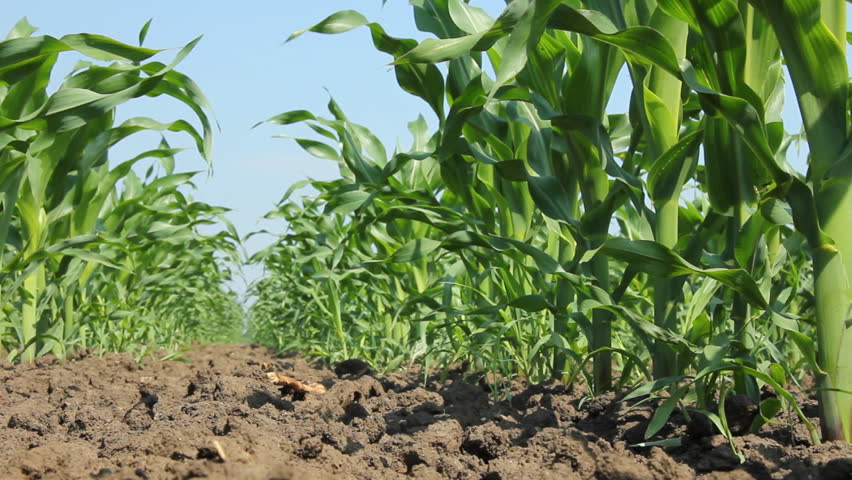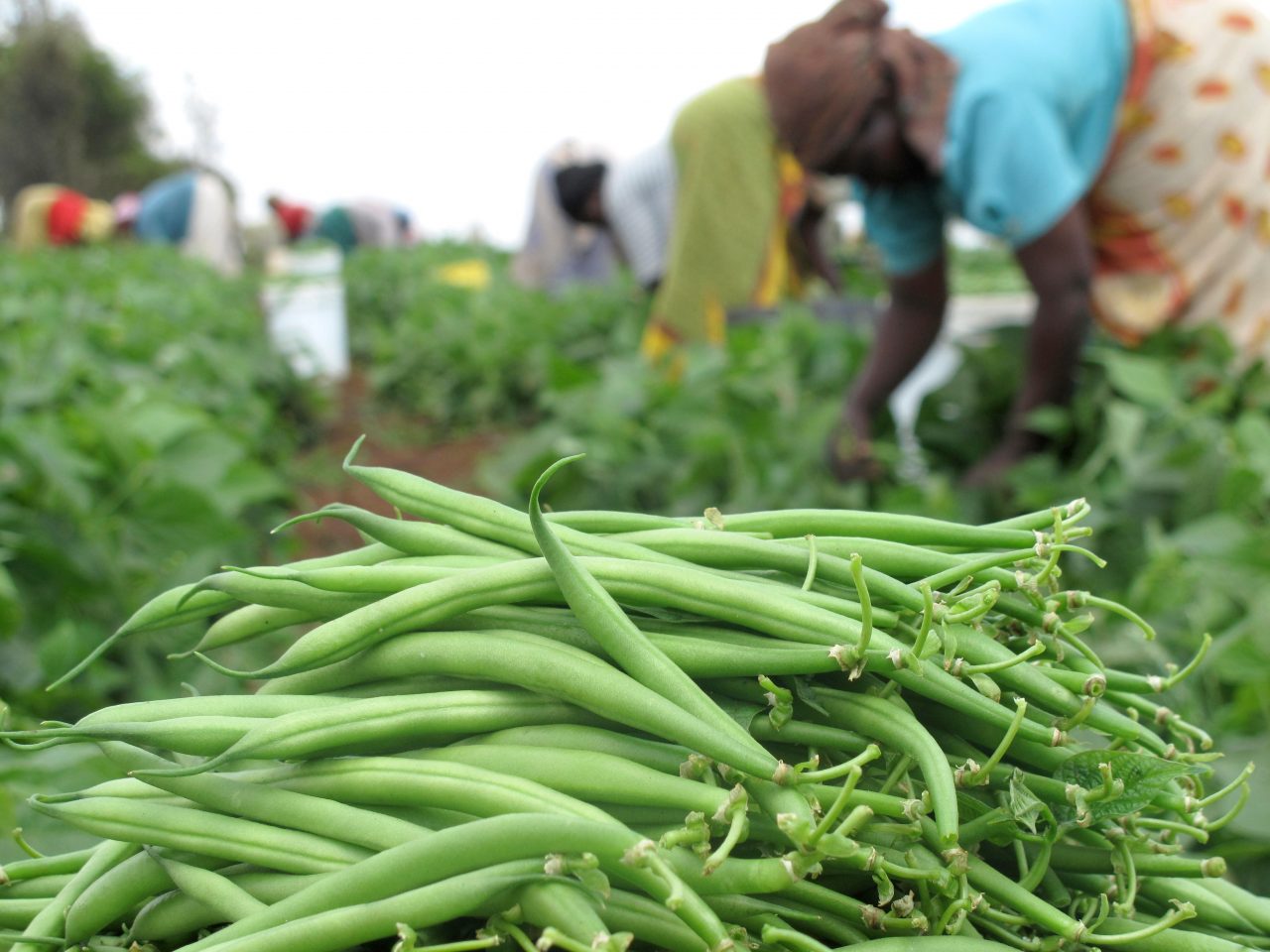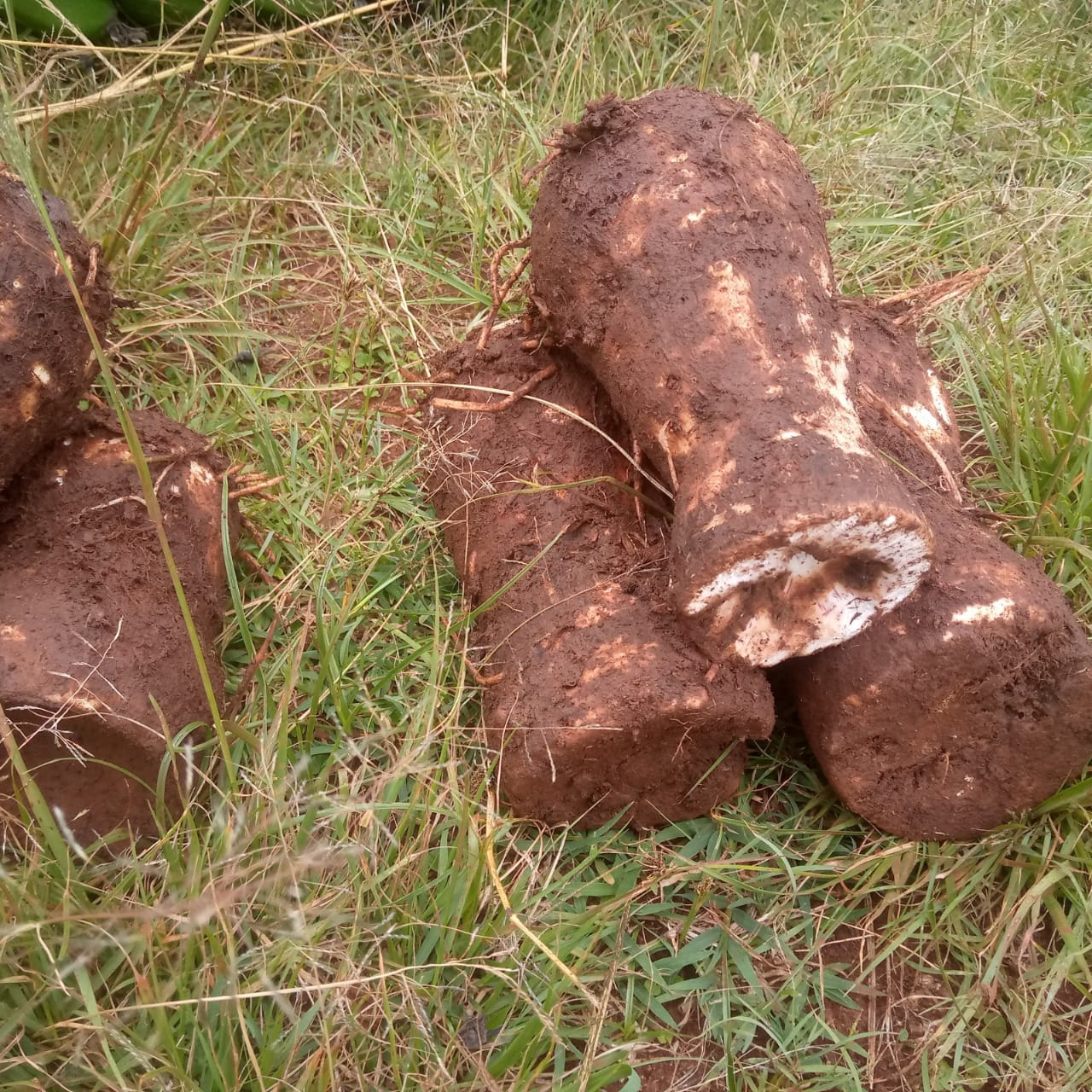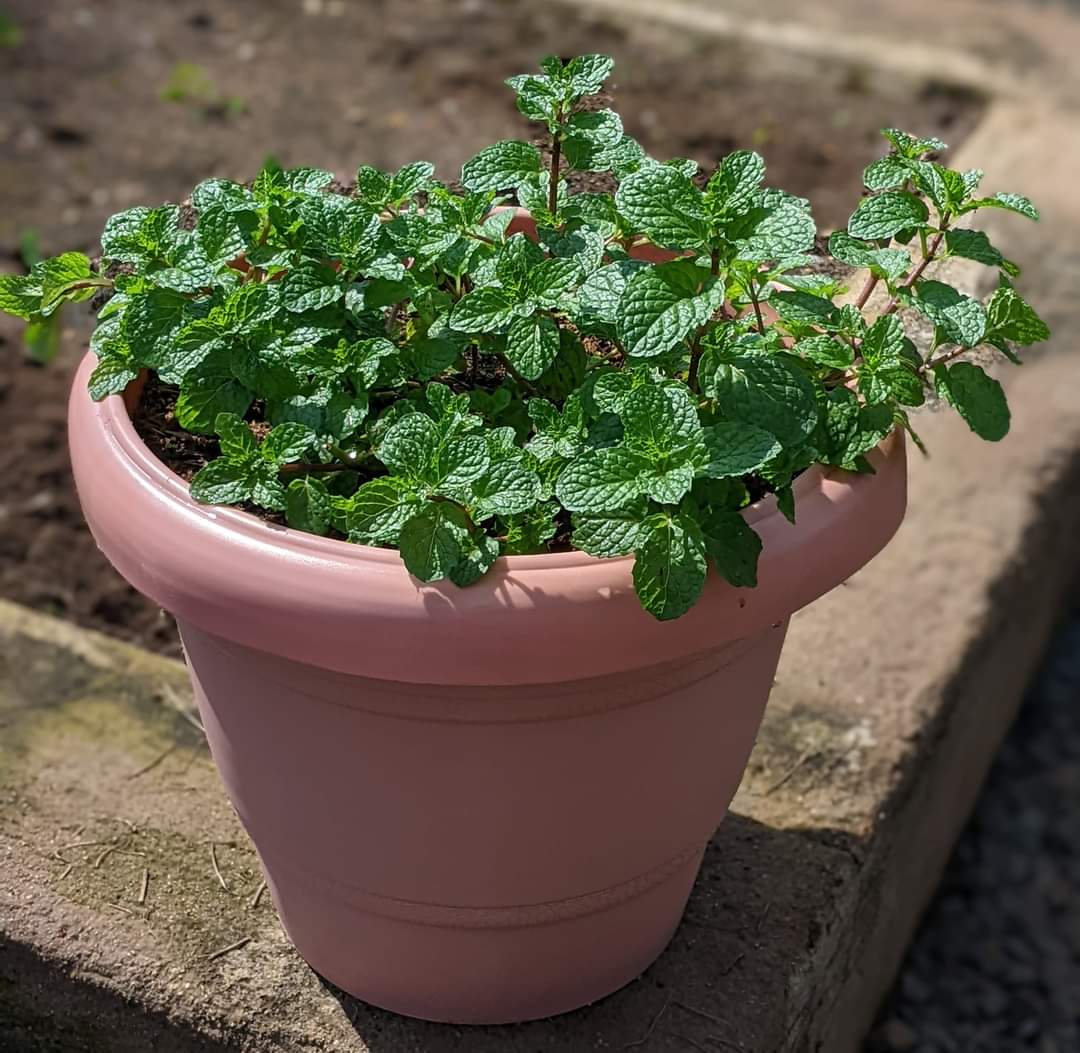Farmer Moses’ maize crops are currently at tasseling stage, a sign of good things to come in the next few months.
Tasseling is one of the critical stages in maize production, with the crop needing good care at this point. It is akin to flowering in fruit production.
This week, I had a conversation with Farmer Moses on the management practices that should be done at this stage for good harvest.
Tassels refer to the male flower of the maize plant, which appear at the top of the crop.
Tassels might be yellow, purple or green. Their main work is to produce pollen, which promotes the growth and ripening of the corn ear.
The pollen grains produced are transferred by wind or water to the female flower or silk. Pollination takes place to form the kernels.
Tasseling in maize
Tasselling takes place when the plant reaches its full height and begins to shed its pollen grains.
Tassels emerge fully about two to three days prior to the silking stage. If the corn does not tassel, there will be no edible ears.
The maize crop tassels at different times depending on the variety. Early varieties may take 70 to 80 days to mature, whereas others take up to 100 days.
Tasselling is affected by factors such as the availability of water. Thus, water stress delays the tasselling process. It is thus ideal to ensure the crop receives adequate amount of water.
High temperatures may also cause tasselling to be delayed or result in poor pollination.
If the crop is stressed by drought, nutrient deficits or hot and dry circumstances, early tasselling may occur.
Also, the crop may fail to attain its full height due to inadequate water or nutrients but still tassels eventually leading to low yields.
At this stage, it is important to ensure that the crop receives adequate water and proper nutrients to aid in growth.
Management
Farmer Moses has embraced these management practices as he keenly follows the fertiliser programme we developed. Preventive measures should also be taken to curb attack by smut disease that affects the tassels.
Silking begins about two to three days after tasselling. Silk refers to thread strands that sprout from the corn crop and become visible. This is a critical stage in the development of the maize crop.
The silk traps the pollen grains, which normally develop down the silks, and are later released.
The pollen grains move down the silk, forming little blister-like kernels that are white and contain a clear, watery fluid.
Depending on the maize type, this occurs between 10 and 15 days following the silking stage.
At this moment, the silk begins to dry and darken, and starch begins to accumulate in the kernels.
Eventually, the corn kernels turn yellow, with a milky fluid on the interior that thickens over time. The kernels start to dry out and get a dented appearance.
To prevent mechanical damage, which could impede the growth of the entire crop, the crop should be given enough care while weeding and carrying out other management practices.
A healthy crop with good yields can be grown by following the proper crop nutrition as determined by the results of a soil test.
In our next article, we will look at prevention of aflatoxins in maize production.
Silking
Silking begins about two to three days after tasselling. Silk refers to thread strands that sprout from the corn crop and become visible. This is a critical stage in the development of the maize crop. The silk traps the pollen grains, which normally develop down the silks, and are later released.




